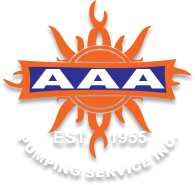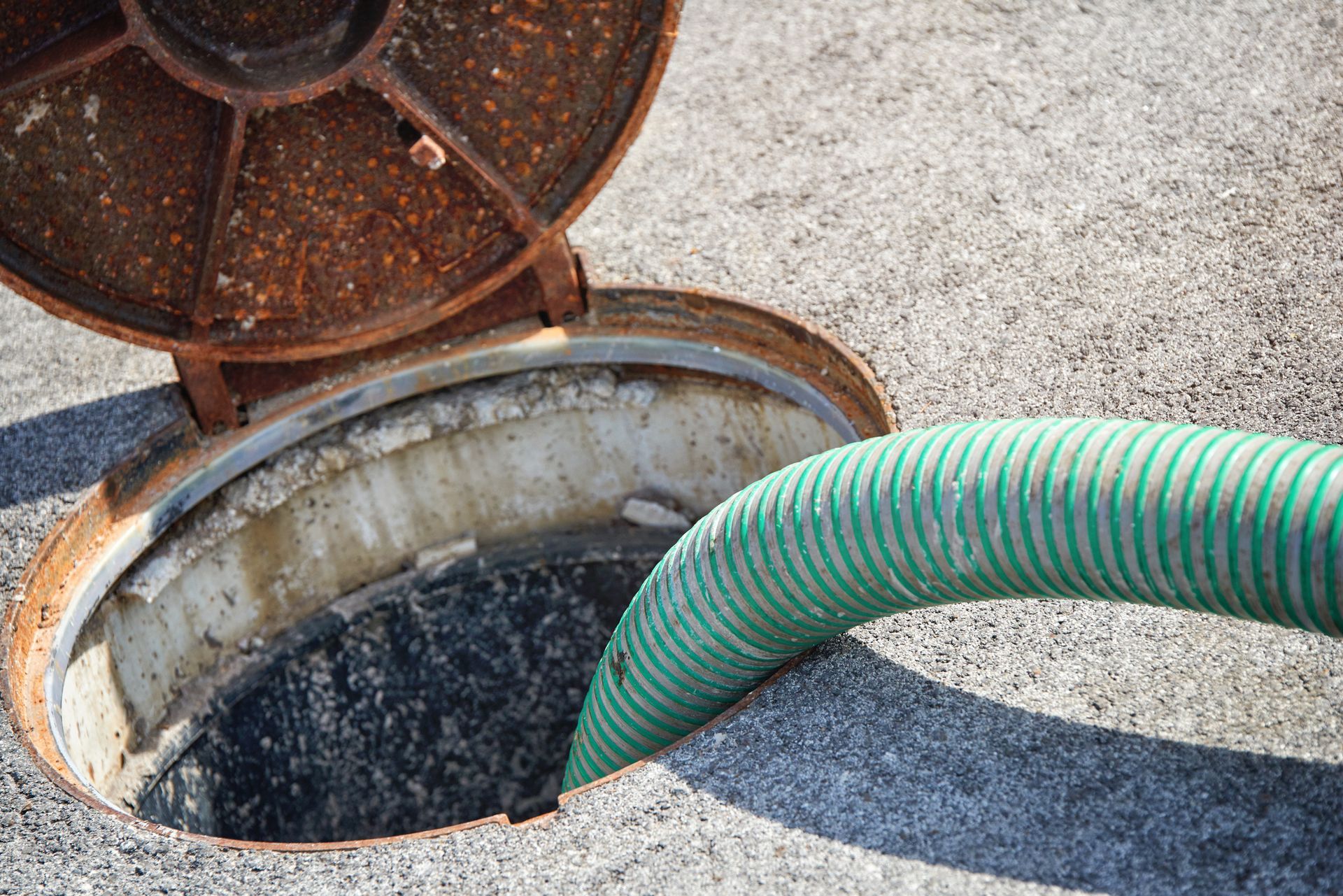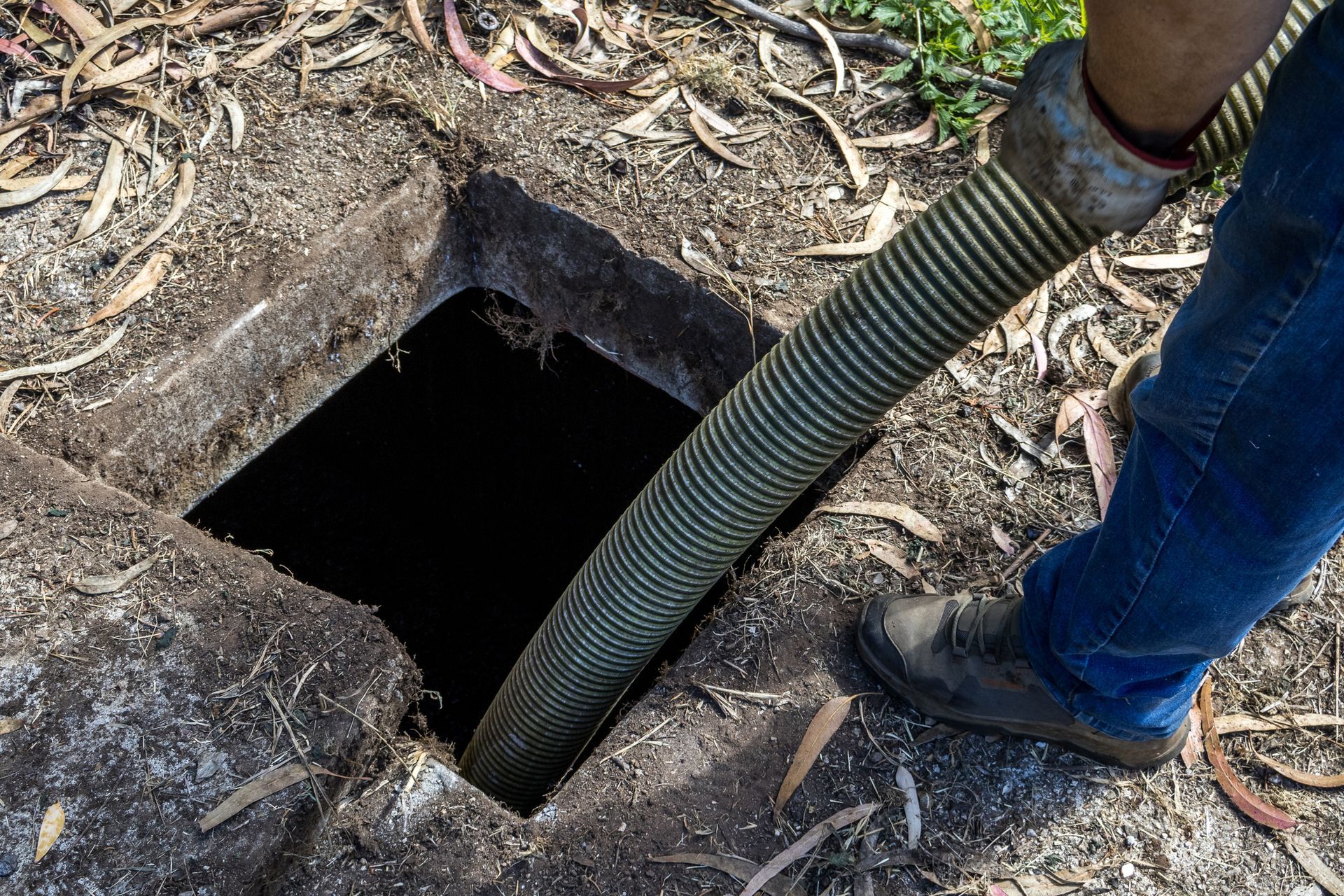Kitchen Practices to Minimize Grease Trap Problems
Every restaurant needs to have a grease interceptor (also known as a grease trap) installed in its plumbing system between the sink and the sewer lines. The function of this device is to stop fats, oils, grease, and solids (FOGS) from passing through to the sewer pipes and creating clogs that may stop up the sewer lines for many people and/or businesses.
Even if your establishment does not have deep fryers or use oils for cooking, FOGS are in the foods you serve. Butter or margarine, salad dressings, dairy products, and meats all have some type of fat or oil in them. As you clean the dishes, FOGS flow down the drain where they can solidify and cause problems.
Unfortunately, some common activities in the kitchen create problems with a grease interceptor. It is important you teach all employees to adhere to the following practices when working around the sink connected to the grease trap. When followed, you will have fewer problems with the trap and the amount of time between needing professional cleanings increases.
Scrape the Dishes
Teach your employees to scrape all plates, pots, pans, and baking sheets into a compost container before putting them in the sink. Do not rely on a garbage disposal to take care of scraps. In fact, you should not have a garbage disposal attached to a sink that drains into a grease trap. A disposal merely chops and grinds scraps into smaller pieces that can become lodged in the grease trap.
Render Oil and Grease
At the end of the night, your cleaning crew will empty the deep fryers and clean out the grease pan from under the stoves and ovens. Do not pour these down a sink and into a grease interceptor. While the purpose of the interceptor is to prevent FOGS from getting into the sewer lines, you do not want to fill it every day with old cooking oil or grease.
Luckily, you can have fats, oils, and grease rendered. Contact a rendering company and explain what you have to offer. The renderer will place a drum outside your establishment’s back door where you can pour old cooking oil and such. The drum will be picked up when full and replaced with a new one. You will receive a check from the renderer for the waste products according to the arrangement you make.
Avoid Hot Water
Do not put hot water down the drain that is connected to the grease trap. Generally, water used for washing things by hand will have cooled enough to be safe for the trap. However, do not hook up a dishwasher as the water is too hot for the interceptor.
Hot water liquefies any FOGS in the trap, allowing them to be pushed into the sewer pipes where they will cool and solidify. A solid mass of fat and grease creates clogs.
Avoid Enzymes and Chemicals
Some sanitation companies want to put enzymes and microbes in the trap to melt the FOGS. Unfortunately, all this does is allow the grease and such to move through to the sewer line where it will cause clogs. If a company offers to do this for you, politely decline and call someone else.
While a grease solvent or other harsh chemicals may work great when cleaning the exhaust hood, they will only create sewer problems if put through the grease trap. Make sure any water buckets, sponges, or mops that have been used with harsh chemicals or a degreaser are not rinsed out in the sink connected to the grease trap.
Even when all your employees follow the above rules, a grease trap should be professionally pumped and cleaned every two to three months. Contact AAA Pumping Service to set up an appointment for grease interceptor servicing.








